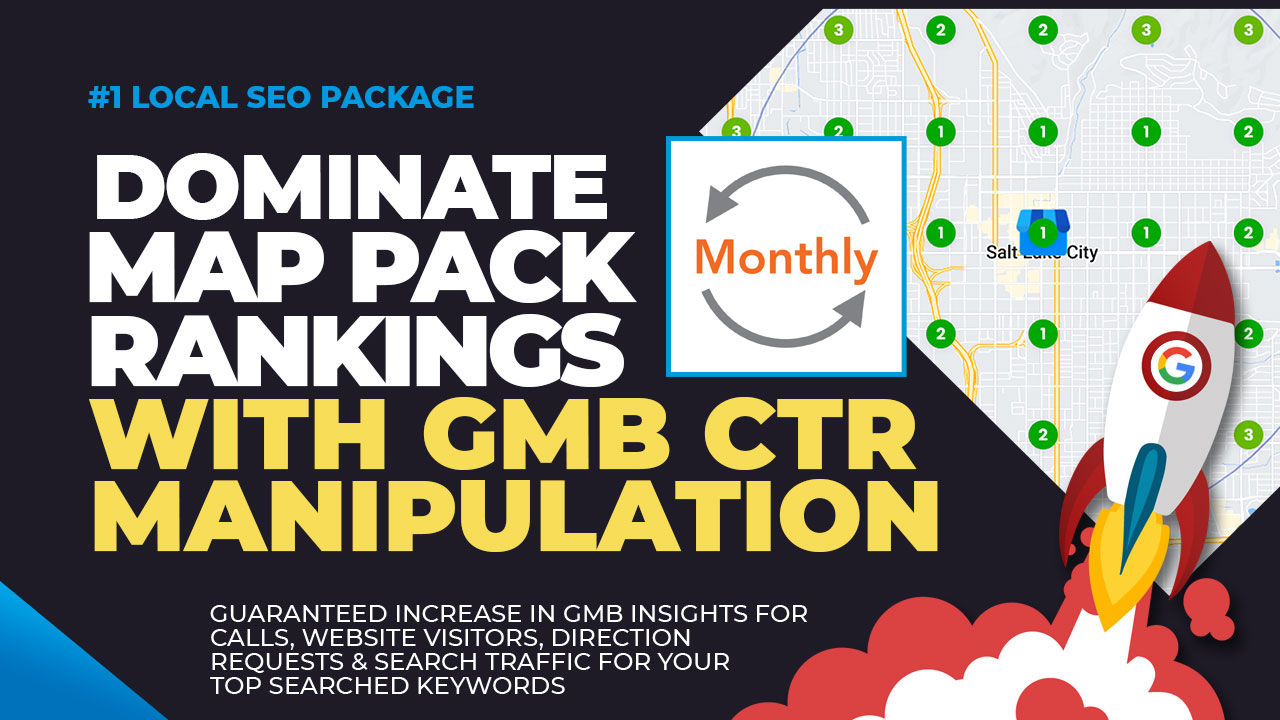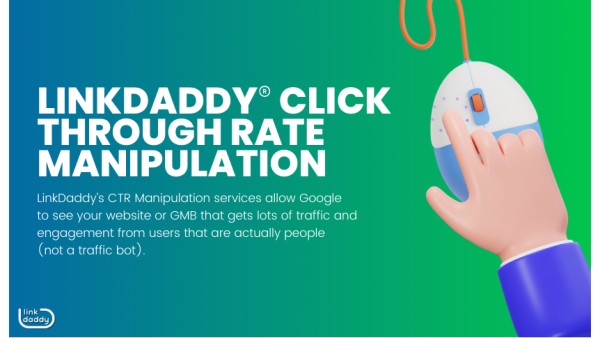Open Higher Rankings with Efficient CTR Manipulation Methods
Open Higher Rankings with Efficient CTR Manipulation Methods
Blog Article
Optimizing Organic Click-Through Rates With CTR Manipulation
The optimization of organic click-through prices (CTR) is a nuanced undertaking that hinges on recognizing both individual psychology and reliable web content presentation. The landscape is swarming with misconceptions and oversimplifications regarding what genuinely drives CTR.
Comprehending Click-Through Rates
Recognizing click-through rates (CTR) is important for assessing the effectiveness of internet marketing strategies. CTR determines the percent of customers who click a particular web link or ad contrasted to the total number of customers who watch it. A higher CTR indicates that the web content is engaging and relevant to the target market, while a reduced CTR might indicate a need for optimization.
To determine CTR, split the number of clicks by the variety of impacts and multiply by 100. If an ad obtains 300 clicks out of 10,000 perceptions, the CTR would certainly be 3%. This metric is important for evaluating numerous aspects of electronic advertising and marketing, consisting of seo (SEO), email projects, and social media sites advertising.
Moreover, analyzing CTR helps marketing experts identify which techniques yield the most effective results and which require refinement. By concentrating on boosting CTR, services can improve their content's visibility and efficacy, resulting in boosted traffic and potential conversions. Comprehending the nuances of CTR is foundational for any kind of online marketer aiming to enhance their on the internet visibility and optimize roi (ROI)

The Psychology of Individual Behavior
Customer behavior is significantly influenced by psychological factors that dictate how individuals connect with online web content. Comprehending these elements is important for optimizing click-through rates (CTR) in organic search outcomes.
Psychological feedbacks likewise substantially impact user actions. Web content that resonates emotionally can trigger a feeling of urgency or interest, prompting customers to click. Furthermore, social evidence-- such as customer reviews or scores-- can improve count on and encourage engagement, as individuals usually aim to the behaviors of others to educate their very own decisions.
Moreover, the concept of scarcity can drive clicks - GMB CTR Manipulation. Limited-time offers or special web content produce a concern of missing out on out (FOMO), engaging individuals to act swiftly. Comprehending these mental chauffeurs enables marketing professionals to develop more engaging content that reverberates with their target market
Reliable CTR Control Techniques
Leveraging emotional understandings can significantly boost click-through prices (CTR) with targeted manipulation methods. Among the most reliable approaches is using compelling headlines that stimulate interest or necessity. Phrasing titles as inquiries or incorporating numbers can attract more focus, triggering users to click.
An additional technique includes optimizing meta summaries to produce a feeling of relevance and immediacy. By plainly describing the services or advantages provided in the content, you can engage prospective readers and encourage them to click. In addition, using power words-- such as "special," "proven," or "totally free"-- can improve the allure of your content.
Aesthetic elements also play a crucial function. Including captivating images or thumbnails can draw individuals in and boost CTR. A/B testing different visuals can aid identify which photos reverberate finest with your target market.
Last but not least, ensuring that your content guarantees deliverable value causes greater CTR. When users perceive that clicking will offer them with purposeful understandings or solutions, they are more probable to engage. By utilizing these methods attentively, online marketers can efficiently manipulate CTR to their advantage while maintaining moral standards.
Typical Myths Concerning CTR
Numerous misconceptions surround click-through prices (CTR) that can lead marketing professionals to make misguided choices. One widespread myth is that a greater CTR always converts to far better performance. While a high CTR suggests that more individuals are clicking, it does not assure conversions or sales. Inevitably, the efficiency of web traffic relies on the high quality of the touchdown page and the significance of the content.
One more usual belief is that CTR is a separated metric. In reality, CTR needs to be examined combined with other efficiency indicators, such as bounce rate and conversion price, to gain an alternative sight of campaign success.
In addition, some marketing experts think that enhancing for CTR alone suffices. Nonetheless, concentrating exclusively on CTR can lead to clickbait methods that might bring in clicks however fail to engage customers meaningfully. This technique can damage brand name track record and lead to lower retention prices
Lastly, there is an idea that CTR techniques are globally reliable. The truth is that optimum CTR methods can differ considerably across markets and target market, necessitating customized strategies for various market sectors. Understanding these misconceptions is crucial for developing efficient CTR approaches that line up with overarching marketing objectives.
Determining CTR Success
Although high click-through rates (CTR) can suggest effective involvement with material, gauging their true success requires a detailed analysis of several variables. Initially, it is important to comprehend the context in which the CTR is achieved. As an example, a high CTR on a deceptive title may not equate to meaningful involvement or conversions, inevitably mirroring inadequately on the brand's reliability.
2nd, reviewing the resource of traffic is critical. Organic traffic from online search engine can signify a robust material strategy, while clicks from unnecessary resources may show an absence of targeting. Furthermore, determining the subsequent customer habits is vital; assessing metrics such as bounce price, time invested in page, and conversion rates can supply much deeper understandings right into the quality of the engagement launched by the CTR.

Conclusion

The optimization of natural click-through prices (CTR) is a nuanced undertaking that pivots on comprehending both customer psychology and effective web content discussion. CTR determines the percentage of individuals that click on a details web link or advertisement compared to the total number of customers who see it. A greater CTR shows that the material is engaging and appropriate to the target audience, while a lower CTR may indicate a need for optimization.
Focusing specifically on CTR can lead to clickbait methods that may attract clicks however fall short to engage users meaningfully. Additionally, determining the subsequent user actions is important; evaluating metrics such as bounce price, time spent on page, and conversion prices can give much deeper insights into the quality of the involvement started by the CTR.
Report this page